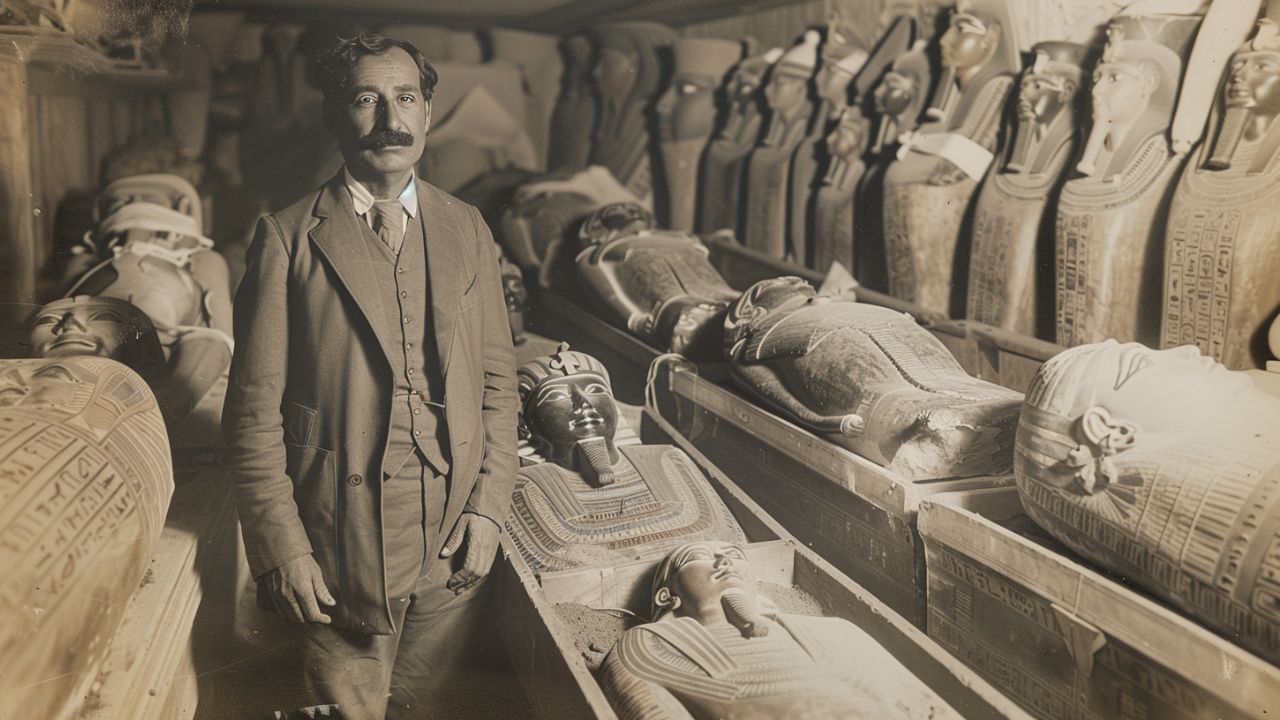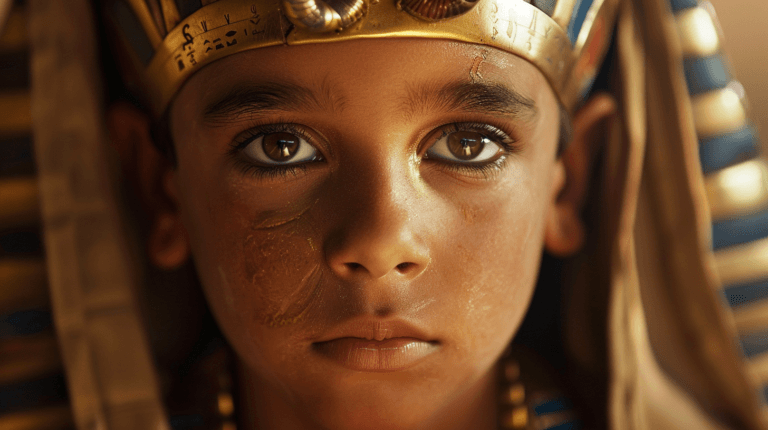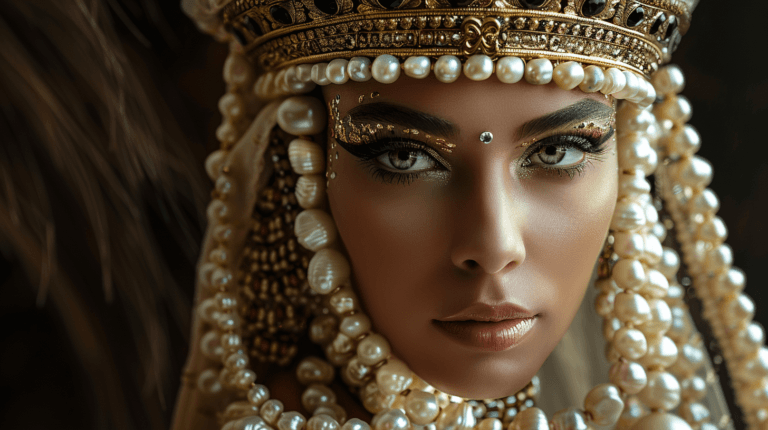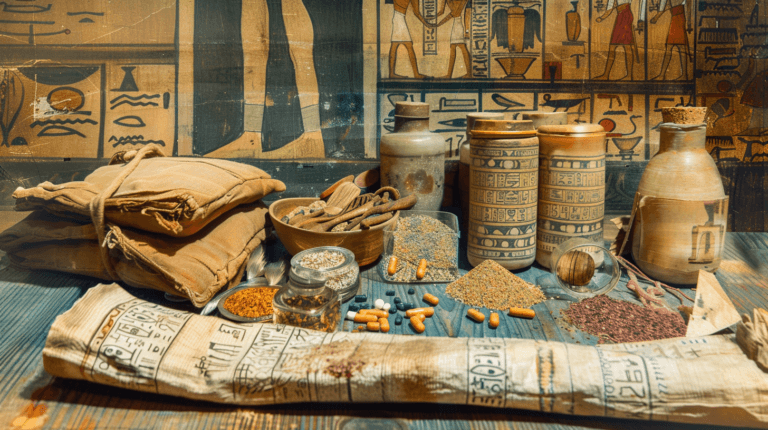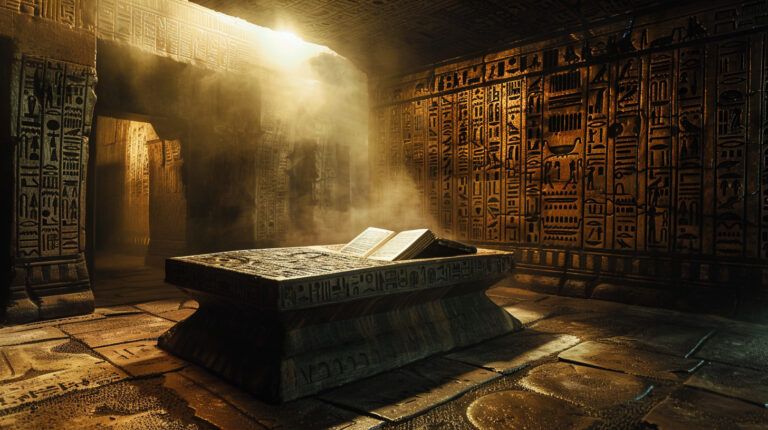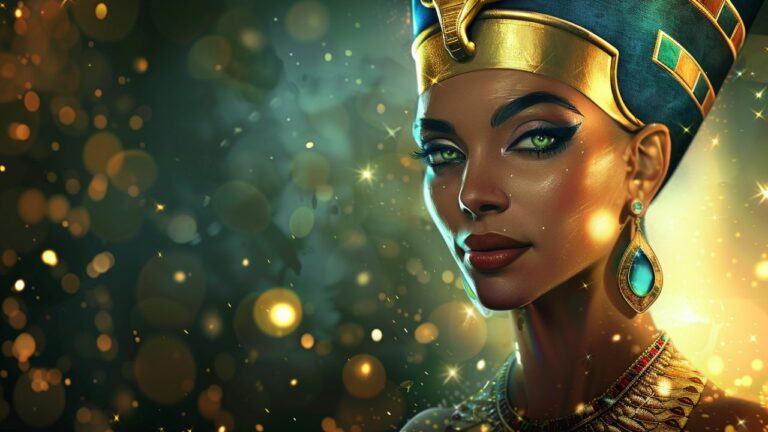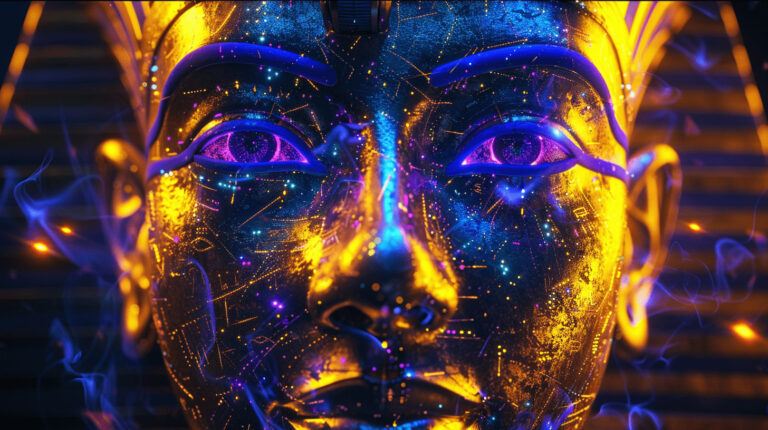Who Found King Tut’s Tomb?
Ever stumbled upon something that changed history? I sometimes wonder how it must have felt for Howard Carter on that incredible day in November 1922 when the sealed doorway of King Tutankhamun’s tomb came into view. There he was, in the Valley of the Kings, Egypt, eyes wide with anticipation, watching as centuries of sand and secrets were swept away to reveal the entrance that would lead to the most splendid archaeological find of his career. Let’s unpack the story behind – ‘who found King Tut’s tomb?’
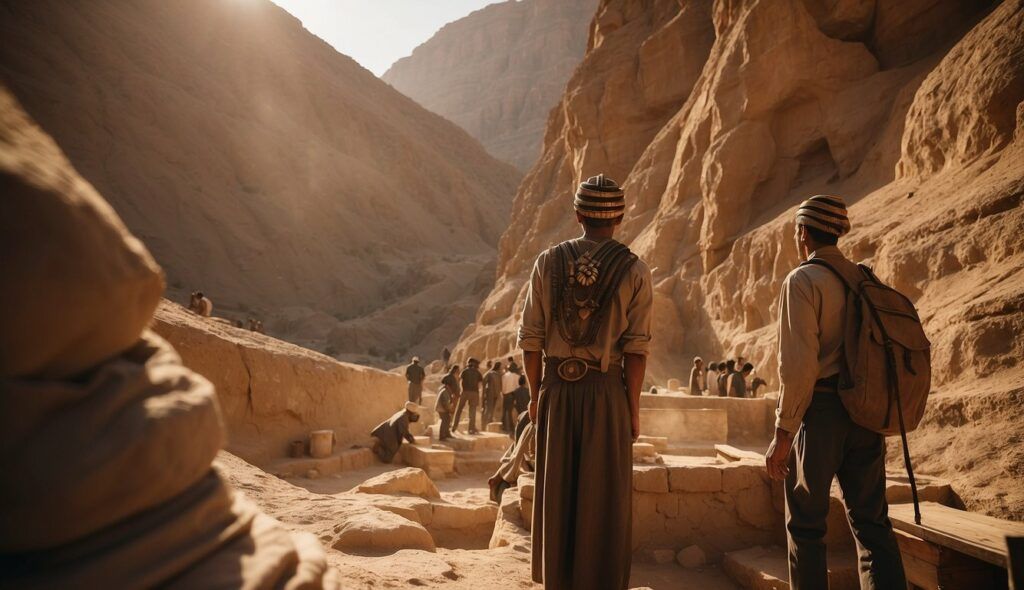
As Ihe peered into the dimly lit antechamber, the glint of gold struck him. This wasn’t just any pharaoh’s resting place; it was the best-preserved tomb ever found in the Valley of the Kings—and the world was about to be captivated by the treasures and tales of the young king Tutankhamun. Can you imagine what it’s like to touch history, to be the first to lay eyes on wonders unseen for over 3,000 years? The thrill of discovery, the breath of dust and antiquity, the silent whisper of an ancient legacy—all of it was there, waiting.
The moment Mr. Carter and his team uncovered Tutankhamun’s final resting place; he knew that the stories of ancient Egypt would be forever enriched. And yet, as he stood at the threshold of the tomb, a part of him hesitated. What mysteries lay beyond? What would the boy king’s treasures tell us about his time, his life, and his death? The air was ripe with questions, and the answers were just beneath his fingertips — but not all of them were ready to be unveiled. Curiosity piqued; the journey of exploration had only just begun.
The Discovery of Tutankhamun’s Tomb
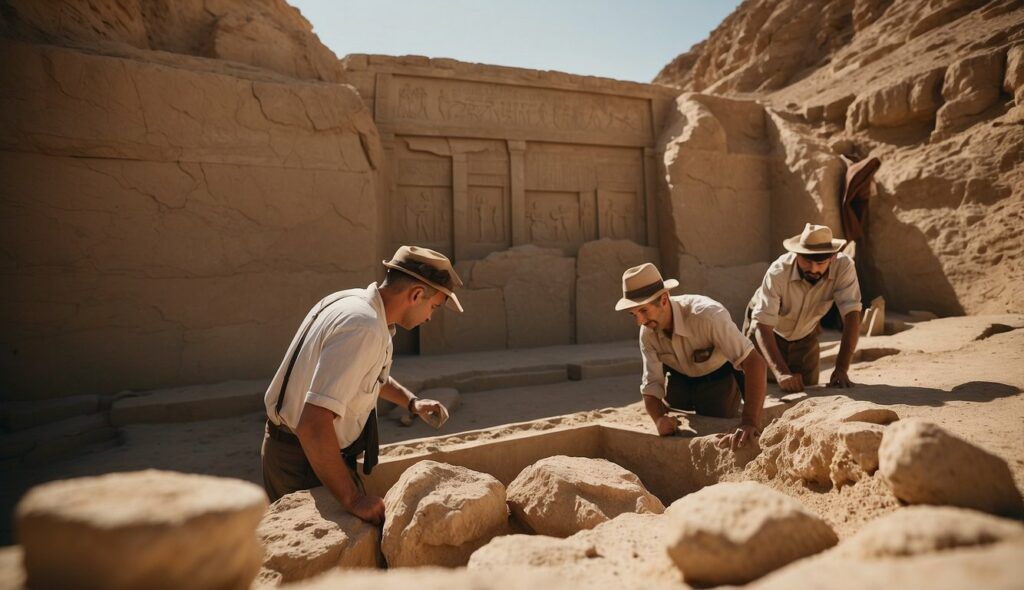
Have you ever dreamed of uncovering a long-lost treasure, buried for thousands of years? Imagine peeling away the layers of time to reveal a hidden past. This dream turned into reality for one man, an archaeologist named Howard Carter. In 1922, in the searing sands of the Valley of the Kings, Carter and his team, funded by Lord Carnarvon, made a historic discovery—the tomb of Tutankhamun (KV62), a pharaoh who became an icon.
The Excavation Begins
His journey started with digging through layers of ancient sand. He was persistent, fueled by rumors of a king’s treasure untouched by time. The British-led team that he was part of sensed they were on the brink of something monumental.
Eureka! A Sealed Door
Beneath the unforgiving Egyptian sun, they unearthed steps leading to a sealed door. What treasures could lie beyond? They could only speculate until, with bated breath, the door gave way to reveal the antechamber of King Tutankhamun’s final resting place.
The Revealing of a King
Inside, a sight to behold: the tomb of the boy king, a trove of unfathomable treasure. Each piece was meticulously documented, from opulent jewelry to golden chariots. It most likely felt like the young pharaoh himself had just departed; the atmosphere was thick with history.
The Impact
This find sent ripples through the archaeological world. Why did this tomb, tucked away in the heart of Egypt, remain almost intact while others were looted? What does King Tut’s tomb tell us about ancient Egyptian civilization?
Now, as Howard Carter stood amidst the remnants of a once-forgotten time, I’m sure he couldn’t help but wonder, what other secrets were buried beneath the endless sands, awaiting someone to uncover them?
Contents and Significance of the Tomb
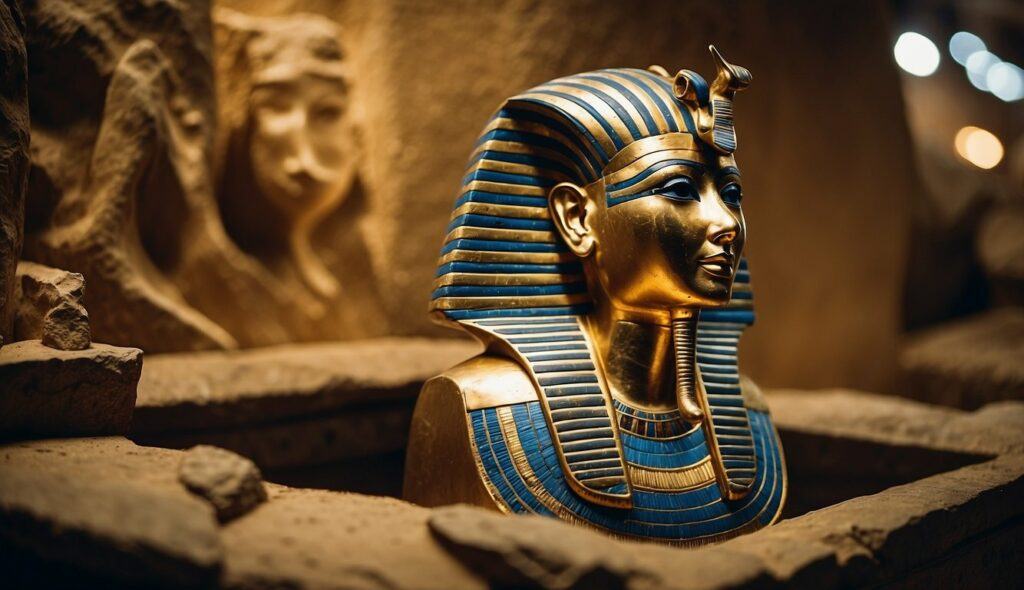
Ever wondered what treasures a Pharaoh was buried with? King Tutankhamun’s tomb was like a time capsule of Ancient Egypt, brimming with treasures and providing a unique insight into the culture’s rituals and beliefs.
Artifacts and Treasures Uncovered
When people first heard about the discovery of King Tut’s tomb, I’m sure they couldn’t help but imagine the glint of gold and the array of treasures that laid within. The excavation uncovered a staggering collection of over 5,000 artifacts, such as a solid gold sarcophagus, majestic coffins, and the young Pharaoh’s mummy. The famous gold funerary mask that lay upon Tutankhamun’s head is simply breathtaking. Intricate jewelry, ornate chariots, and Tutankhamun’s throne were found as well, all elaborating the opulence of the New Kingdom’s royal family.
Cultural and Historical Context
The contents of Tutankhamun’s tomb paint a vivid picture of Ancient Egypt. Each artifact discovered played a specific role in the journey to the afterlife, rooted in the belief of Amun and the cycle of death and rebirth. Even the location in the Valley of the Kings emphasizes the importance of burial customs to maintain order in the cosmos, as per Egyptian history. Finding the intact tomb of a pharaoh like Tutankhamun, especially amidst a time when many royal tombs were looted, was a symbol of hope—a portal to understanding an ancient civilization’s reverence for life, death, and legacy.
Who Found King Tut’s Tomb – Impact and Legacy
Did the discovery of King Tut’s tomb impact our understanding of history? Absolutely. The effect of this discovery on our knowledge of Egyptology was profound. Dubbed “Tutmania,” the fascination with Tutankhamun spurred numerous exhibitions worldwide, drawing in millions of visitors and significantly boosting interest in Egyptian history. The tomb’s contents are not just relics but have become cultural icons, with the Egyptian Museum and soon the Grand Egyptian Museum serving as custodians to these historical treasures. Furthermore, ongoing conservation efforts by the Egyptian government and Egyptologists ensure the legacy of Tutankhamun lives on. But what about the rumored curse? That’s a story that continues to captivate and mystify to this day.

